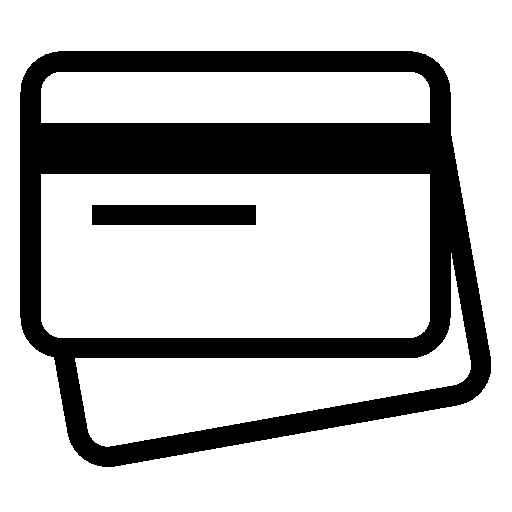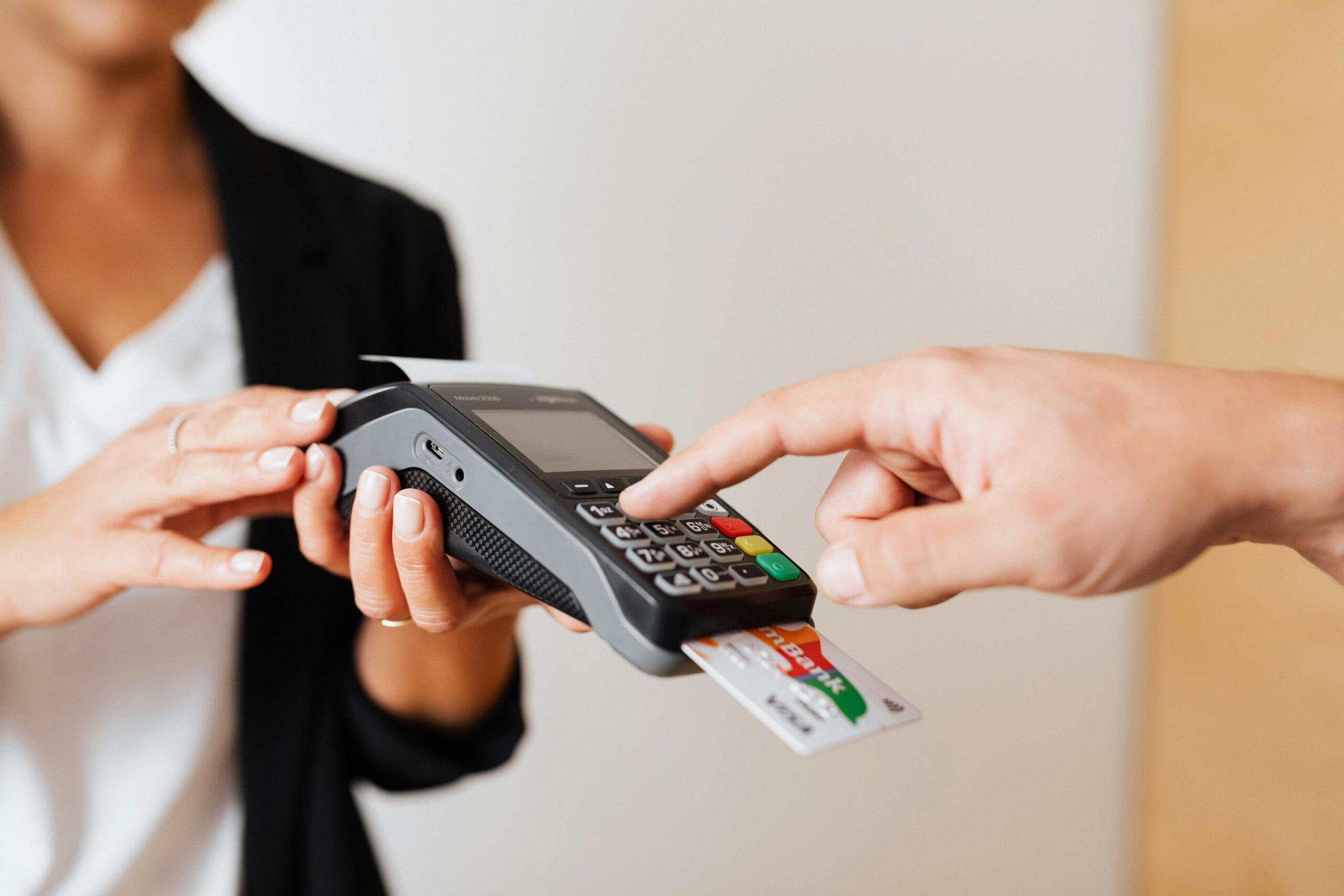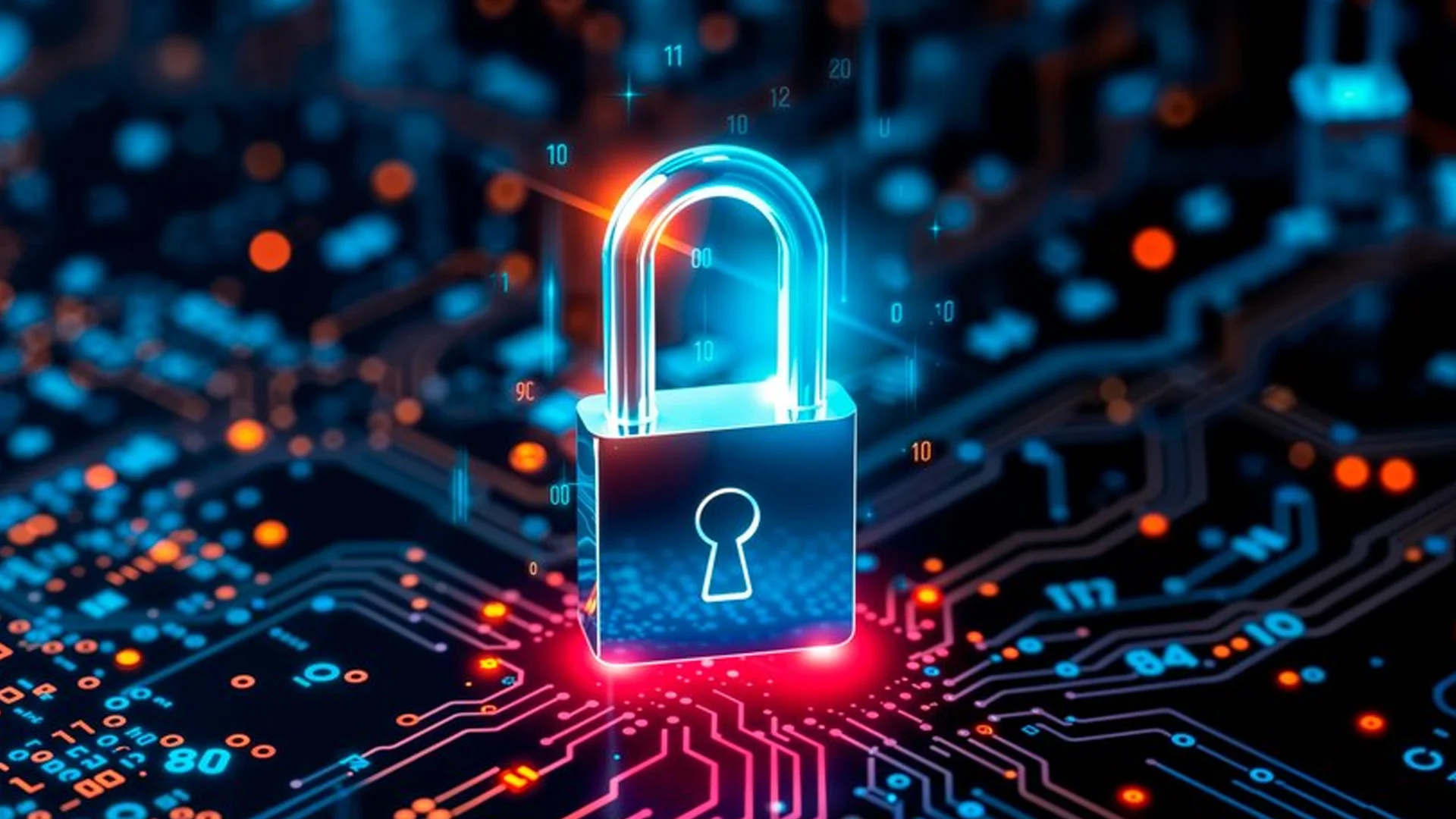In the digital age, where cashless payments dominate, credit card readers have become an essential tool for businesses of all sizes. These devices play a crucial role in the processing of electronic payments, allowing customers to pay with credit, debit, and other forms of digital payments swiftly and securely. From large retail chains to small businesses and even freelancers, credit card readers have revolutionized the way transactions are handled globally.
In this article, we will explore the fundamentals of Credit Card Card Readers, how they work, their different types, security features, and why they are crucial for businesses today.
What is a Credit Card Reader?
A credit card reader is an electronic device that enables businesses to accept payments from credit or debit cards. It reads the card information and facilitates the transaction between the customer’s bank (or card issuer) and the merchant’s account. Credit card readers can be used for a variety of payment methods, including:
- Magnetic Stripe Cards: Traditional cards with a magnetic stripe on the back.
- EMV Chip Cards: Cards with embedded chips that provide enhanced security.
- Contactless Cards (NFC): Cards that support near-field communication (NFC) for tap-and-go payments.
- Mobile Payments: Digital wallets such as Apple Pay, Google Pay, and Samsung Pay that use mobile devices to complete transactions.
These devices are versatile, ranging from basic models that can be attached to mobile phones to sophisticated systems integrated into point-of-sale (POS) terminals in retail outlets.
How Credit Card Readers Work
Understanding how a credit card reader functions can demystify the complex process behind each swipe, insert, or tap. Here’s a step-by-step breakdown of the process:
- Reading the Card Information: When a customer swipes, inserts, or taps their card on the reader, the device captures the data stored on the card’s magnetic stripe or EMV chip. In the case of mobile payments, it reads data via NFC.
- Transmitting Data: The credit card reader sends the captured information to the payment processor. This is done via the internet, telephone lines, or cellular networks, depending on the type of system being used.
- Processing the Payment: The payment processor checks the cardholder’s information and communicates with the issuing bank to ensure the card is valid, and there are sufficient funds or credit available for the transaction. The processor then sends an approval or decline message back to the card reader.
- Finalizing the Transaction: If approved, the funds are transferred from the customer’s account to the merchant’s account, completing the transaction. A receipt is then generated for both the merchant and the customer.
This entire process typically takes just a few seconds, making credit card payments incredibly fast and convenient.
Types of Credit Card Readers
Credit card readers come in various shapes and sizes, each suited to different business needs. The three main types of card readers are:
1. Magstripe Card Readers
Magstripe (short for magnetic stripe) readers are the most basic and traditional type of credit card readers. These devices read the information encoded on the magnetic stripe located on the back of the credit or debit card.
- How it works: The card is swiped through the reader, which reads the magnetic stripe data.
- Pros: Simple, cost-effective, and widely available.
- Cons: Magstripe cards are vulnerable to fraud because the data on the stripe is easy to clone or counterfeit. Many countries, including the U.S., are moving towards more secure EMV chip technology.
- Common uses: Smaller businesses, restaurants, and retail stores.
2. EMV Chip Card Readers
EMV (Europay, MasterCard, and Visa) chip card readers are now the standard for most credit card transactions due to their enhanced security features.
- How it works: The card is inserted into the reader, and the chip on the card interacts with the reader to generate a unique code for each transaction, preventing cloning.
- Pros: More secure than magstripe readers, offering protection against fraud through dynamic data.
- Cons: Transactions can take slightly longer than with magstripe readers, though the difference is minimal.
- Common uses: Most retail stores, restaurants, and service providers.
3. Contactless (NFC) Card Readers
NFC (near-field communication) card readers allow for contactless payments. These readers are compatible with contactless credit/debit cards and mobile wallets like Apple Pay, Google Pay, and Samsung Pay.
- How it works: The card or mobile device is tapped against the reader, and payment is processed using short-range wireless communication technology.
- Pros: Extremely fast transactions, reducing checkout times. Additionally, contactless payments are highly secure.
- Cons: Not all cards are equipped with NFC, and businesses need to ensure their readers are compatible with contactless payments.
- Common uses: Coffee shops, convenience stores, public transport, and fast-food outlets.
4. Mobile Credit Card Readers
Mobile card readers are designed to turn smartphones or tablets into credit card processing machines. These readers typically attach via the headphone jack, USB port, or Bluetooth.
- How it works: A small card reader is connected to a mobile device, and an accompanying app processes the payment.
- Pros: Highly portable, affordable, and convenient for small businesses, pop-up shops, and freelancers.
- Cons: Mobile credit card readers depend on the device’s internet connection, and while they offer the same basic functions, they may not provide the full suite of services that larger POS systems do.
- Common uses: Market stalls, mobile vendors, small businesses, and freelancers.
Security Features of Credit Card Readers
As card payments become more prevalent, so do the risks of fraud. Thankfully, modern credit card readers come equipped with advanced security features to protect both merchants and customers.
1. EMV Chip Technology
EMV chip cards are significantly more secure than magnetic stripe cards because they generate a unique transaction code that cannot be reused. This technology drastically reduces the risk of card cloning and counterfeit fraud.
2. Encryption
All modern credit card readers use encryption to protect sensitive cardholder information. When data is transmitted from the reader to the payment processor, it is encrypted to prevent interception and fraud. Even if the data is intercepted, encryption ensures that it is unreadable and unusable.
3. Tokenization
Tokenization is an additional security measure used in mobile payments and some credit card readers. Instead of sending actual card data during a transaction, a unique token is generated and used to complete the payment. This token is meaningless if intercepted, ensuring that sensitive information remains safe.
4. PCI Compliance
Most credit card readers are required to be PCI DSS compliant, meaning they adhere to a set of security standards designed to protect card data. Merchants using card readers must ensure their devices meet these standards to avoid potential penalties and data breaches.
The Benefits of Using Credit Card Readers for Businesses
Credit card readers provide several advantages for businesses, especially in today’s fast-paced, cashless society.
1. Improved Customer Experience
By accepting credit and debit card payments, businesses can offer greater flexibility to customers. Credit card readers allow for faster checkout times, reducing long lines and enhancing the overall shopping experience.
2. Increased Sales Potential
Studies have shown that customers tend to spend more when using credit cards compared to cash. By offering the ability to pay with cards, businesses can capture larger sales, particularly for big-ticket items.
3. Convenience for Small Businesses
Mobile credit card readers are particularly beneficial for small businesses, freelancers, and those working in non-traditional retail settings. These readers allow businesses to accept payments on the go, broadening their customer base and enabling more flexible operations.
4. Enhanced Security
Using secure credit card readers reduces the risks associated with handling cash and limits exposure to fraud. As a result, businesses can operate with more confidence, knowing that transactions are safe.
Conclusion
Credit card readers are an essential tool in modern commerce, offering businesses the ability to accept payments swiftly, securely, and conveniently. From traditional magstripe readers to advanced EMV chip and contactless devices, credit card readers have evolved to meet the growing demand for cashless transactions. By understanding how these devices work and the security features they offer, both businesses and consumers can benefit from a safer and more efficient payment process.
As technology continues to advance, credit card readers will likely become even more integrated into everyday transactions, solidifying their role as a cornerstone of the global economy. Whether you’re a business owner looking to improve your payment systems or a consumer interested in how your cards are processed, credit card readers are an indispensable part of modern financial infrastructure.




